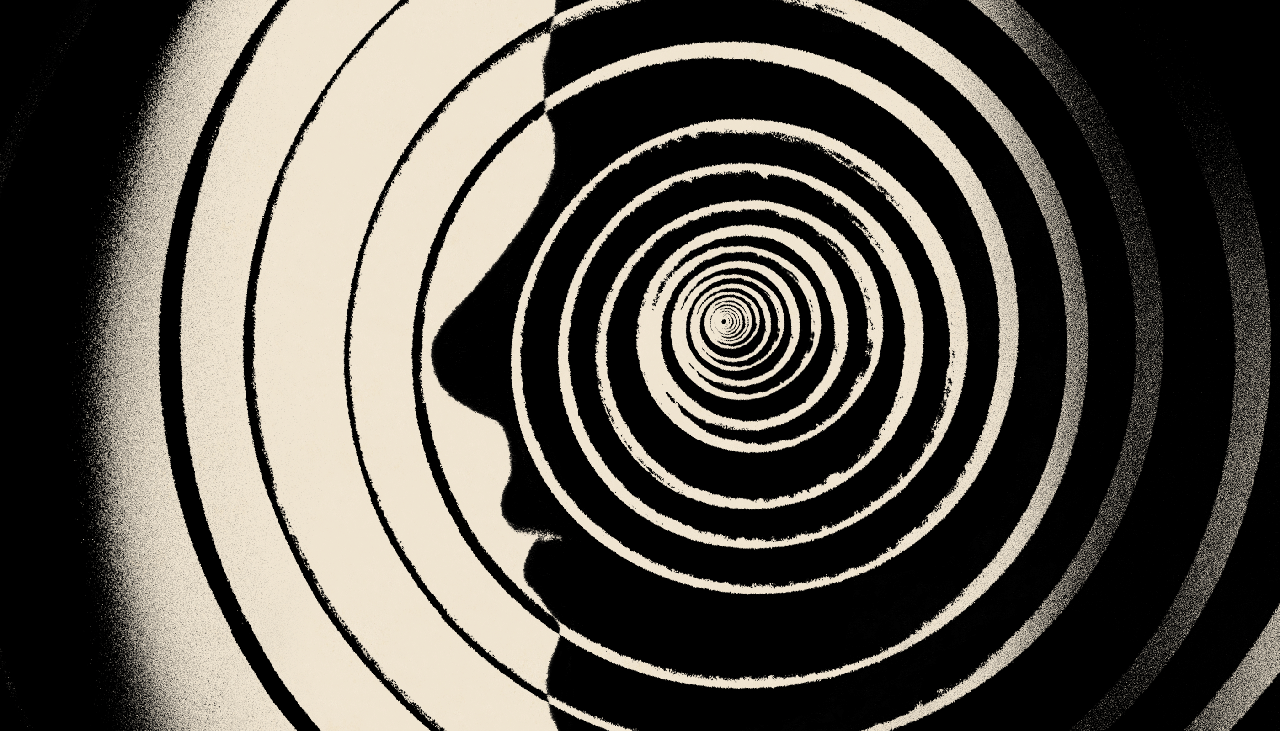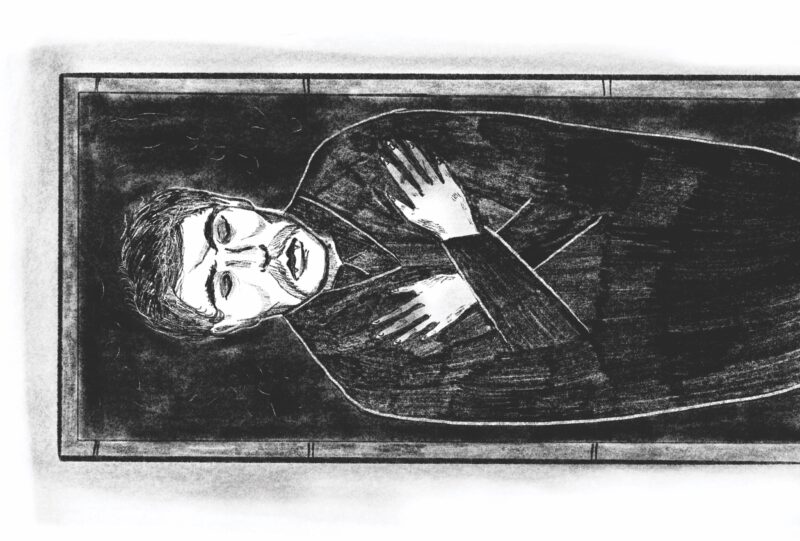


For decades, the Department of Commerce has maintained a little-known list of technologies that, on grounds of national security, are prohibited from being sold freely to foreign countries. Any company that wants to sell such a technology overseas must apply for permission, giving the department oversight and control over what is being exported and to whom.
These export controls are now inflaming tensions between the United States and China. They have become the primary way for the U.S. to throttle China’s development of artificial intelligence: The department last year limited China’s access to the computer chips needed to power AI and is in discussions now to expand the controls. A semiconductor analyst told The New York Times that the strategy amounts to a kind of economic warfare.
The battle lines may soon extend beyond chips. Commerce is considering a new blockade on a broad category of general-purpose AI programs, not just physical parts, according to people familiar with the matter. (I am granting them anonymity because they are not authorized to speak to the press.) Although much remains to be seen about how the controls would roll out—and, indeed, whether they will ultimately roll out at all—experts described alarming stakes. If enacted, the limits could generate more friction with China while weakening the foundations of AI innovation in the U.S.
Of particular concern to Commerce are so-called frontier models. The phrase, popularized in the Washington lexicon by some of the very companies that seek to build these models—Microsoft, Google, OpenAI, Anthropic—describes a kind of “advanced” artificial intelligence with flexible and wide-ranging uses that could also develop unexpected and dangerous capabilities. By their determination, frontier models do not exist yet. But an influential white paper published in July and co-authored by a consortium of researchers, including representatives from most of those tech firms, suggests that these models could result from the further development of large language models—the technology underpinning ChatGPT. The same prediction capabilities that allow ChatGPT to write sentences might, in their next generation, be advanced enough to produce individualized disinformation, create recipes for novel biochemical weapons, or enable other unforeseen abuses that could threaten public safety.
Read the rest of this article at: The Atlantic
One morning last August, while making my bed, my entire visual field shifted sharply to the left, as though I were watching a movie and someone had bumped into the projector. After half a second, my vision snapped back into position. I froze, pillow in hand, and carefully looked around. The furniture in my room was still, apparently innocent of whatever had just happened. But I felt a lingering unease that my surroundings were not bolted down.
I went for a jog along the East River, in Brooklyn. Everything seemed to be in the right place—clouds above me, wooden boardwalk below. Still, the 7 A.M. sunlight seemed brighter than usual, and the water rippled in a disjointed way, like a film reel missing a few frames. My head was heavy on my shoulders. Confusingly, it also felt as though it might float away.
Back in my apartment, I rolled out a yoga mat and stretched. When I tilted my head to touch my foot, the room began to rotate like a carrousel. I’d had dizzy episodes before, but never anything this intense. I lay down, but the spinning only sped up. I curled up and waited—prayed—for it to end. When it didn’t, I reached for my phone and called a friend who lived nearby.
To let my friend in, I had to crawl the length of my apartment. “Something is wrong,” I told her softly.
At the emergency room, I was helped into a wheelchair because I could barely stand. During the next hour, the E.R. staff ruled out anything life-threatening, like a stroke, yet they couldn’t say what was wrong. It was difficult to diagnose the cause of a dizzy spell, the doctors said, because dizziness is a sensation, not a disease. Many different conditions can produce it. One said that I probably had labyrinthitis, or inflammation of the inner ear, and typed it into my chart.
The swirling behind my forehead lasted all day and night. I couldn’t look at computer screens, so after a week and a half I took sick leave from my writing job.
Read the rest of this article at: The New Yorker
For the eighth time today, I ask to store my baby’s umbilical cord blood at the stem cell bank.
“I hope you don’t mind,” I tell the saleswoman on the phone. “My husband gave me a list of questions to ask.”
“I know how that is, Linda,” the saleswoman says, but she doesn’t.
My name is not Linda. I am not married, pregnant, or considering freezing my unborn child’s stem cells. I can barely afford shampoo, much less a $6,000 vial of my own bodily fluids. But if I pretend for 15 minutes, I’ll get $8.
At the kitchen table of my fifth-floor Harlem walk-up, a roach trap beneath my foot, I stare at a printout titled “CHEAT SHEET.” I read from a script; the responses might determine whether or not this saleswoman gets fired.
As Linda, I am a mystery shopper—a euphemism for corporate spy. Mystery shopping companies, which serve as middlemen between mystery shoppers and retailers seeking to review customer service, contact me to evaluate employees. I time how fast they make hot chocolate, rate their enthusiasm while scheduling appointments, and verify if they mention specific cord-blood benefits.
Read the rest of this article at: Esquire
We like our female icons, as they age, to go quietly—to tiptoe backwards into semi-reclusion, away from our relentless curiosity and our unforgiving gaze. Tina Turner managed this arguably better than anyone else, holed up for the last decade of her life in a gated Swiss château with an adoring husband and a consulting role on the hit musical about her life, watching a younger performer step nimbly into her gold tassels. Joni Mitchell retreated to her Los Angeles and British Columbia properties for so long that when she reappeared for a full set at the Newport Folk Festival last year, it was as though God herself was suddenly present, ensconced in a gilded armchair, her voice still so sonorous that practically every single person onstage with her wept.
If you age in private, the deal goes, you can reemerge triumphantly as royalty in your silver era. But Madonna never signed up for dignified placating. At 47, as sinewy as an impala in a hot-pink leotard and fishnets, she moved with such controlled, physical sensuality in the video for “Hung Up” that the 20-something dancers around her seemed bland by comparison. At 53, she headlined a Super Bowl halftime show—part gladiatorial circus, part intergalactic ancient-Egyptian cheerleading meet—while 114 million people watched. At 65, Madonna regularly uploads videos of herself to TikTok, her face plumped into uncanny, doll-like smoothness, strutting to snippets of obscure dialogue or electronica in psychedelic outfits categorized by one commenter as “colorful granny.”
What’s most striking to me about the videos is how Madonna retains the power to scandalize each generation anew—even teenagers nourished on a cultural diet of Euphoria and hard-core pornography—with her adamantly sexual self-presentation. “Lost her mind,” one TikTok commenter wrote as Madonna, wearing a black lace fetish mask, simply stared confrontationally at the camera. About a clip of her waving her arms in a diamanté cowboy hat, her chest festooned with chains, a cheerful-looking boy posted, “Someone come get Nana she’s wandering again.”
Read the rest of this article at: The Atlantic
No one is likely to shame you for not having read Dracula, the way they do The Mill on the Floss or Middlemarch, though perhaps they should and perhaps that is, ever so subtly, what I am up to now. I was once the sort of person who thought they knew Dracula, and might have spent my adult life without reading the novel until a close friend dropped some very suspect-sounding and yet enthralling literary gossip: Dracula was rumored, he said, to have been inspired by Bram Stoker’s visit to see Walt Whitman with Oscar Wilde. Stoker had seen them kiss. Who inspired Dracula of the two, I asked him. Wilde, he said.
I threw everything aside to read the novel at last and to look up the story to which my friend referred. He had it almost all wrong. Bram Stoker and Oscar Wilde had not visited Whitman together, for example. But both men were greatly in love with Whitman’s writing, and both visited him at his home in Philadelphia within two years of each other in the early 1880s. Bram Stoker’s wife, Florence Balcombe, who could so easily have been the model for Mina Harker, had once been romantically linked to Oscar Wilde; Stoker and Wilde had been young writers together in Dublin, friends and then rivals for her attention. But what I suspect from the histories now available to us is that they were rivals for Whitman’s attention as well.
Wilde went first, visiting Whitman in 1882, telling him how he grew up with his mother reading to him from Leaves of Grass. In Michèle Mendelssohn’s biography, Making Oscar Wilde, she notes of their meeting:
Read the rest of this article at: Guernica






